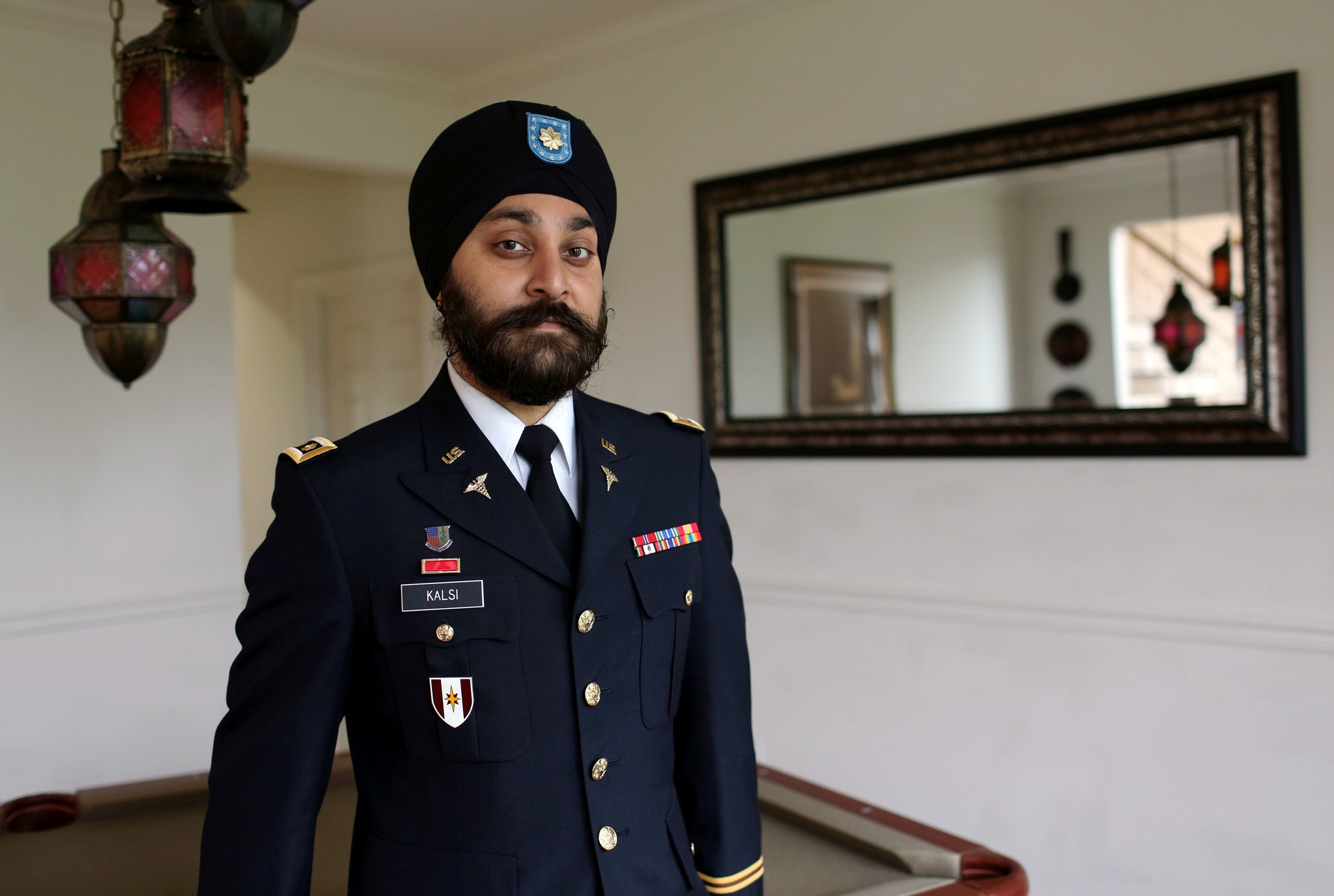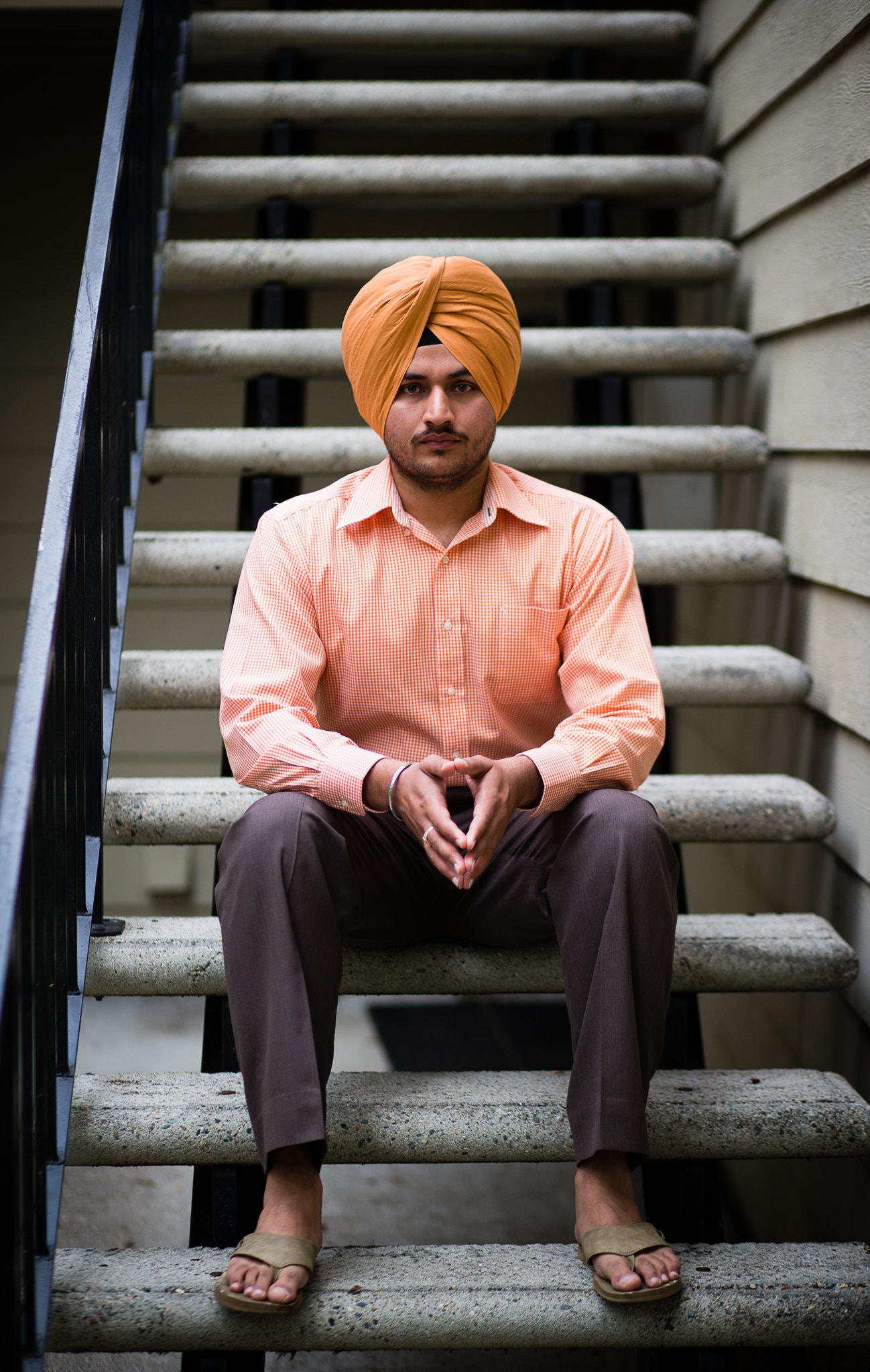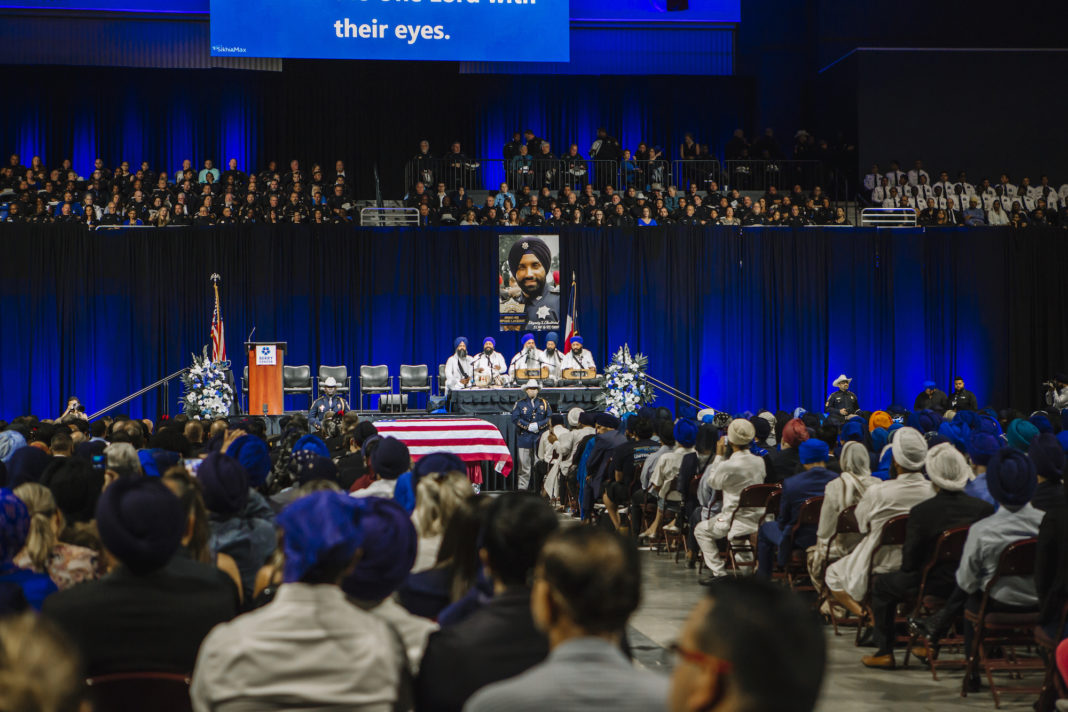Sikhs were allowed to serve in the United States Military with intact hair and beards until 1974. In 1981, rules regarding personal appearance were changed and future recruits were forced to seek case-by-case exemptions. The first one to succeed was Major Kalsi in 2009. Petitioning is difficult, time-consuming, and a barrier to recruitment. Exemptions are usually temporary; hence, Sikh soldiers can be ordered to cut their hair at any time. The waivers granted are generally for special skills individuals (physicians, translators) and not for general recruits. The policy thus remains discriminatory (Dao, NYT).

“Asking a person to choose between religion and country, that’s not who we are as a nation,” said Maj. Kamaljeet Singh Kalsi, above, at home last month in New Jersey.Credit...Richard Perry/The New York Times

Charanpreet Singh at home in Oregon on Sunday. He enlisted in the Army but his application for a religious exception was rejected, meaning he might have been forced to cut his hair. Credit...Leah Nash for The New York Times
Change in Police Department Uniform Policy is also piecemeal. New York City, Irvine (CA), and Harris County (TX) have granted permission for Sikhs to serve, while thousands of others remain out of bounds for Sikhs unless challenged (Dutt, New India Times).

Thousands attended the memorial for slain Harris County Sheriff’s Deputy Sandeep Dhaliwal Oct. 2, 2019, in Houston. (Photo: courtesy Syndee Jolly of Click Cafe Photography via The Sikh Coalition)